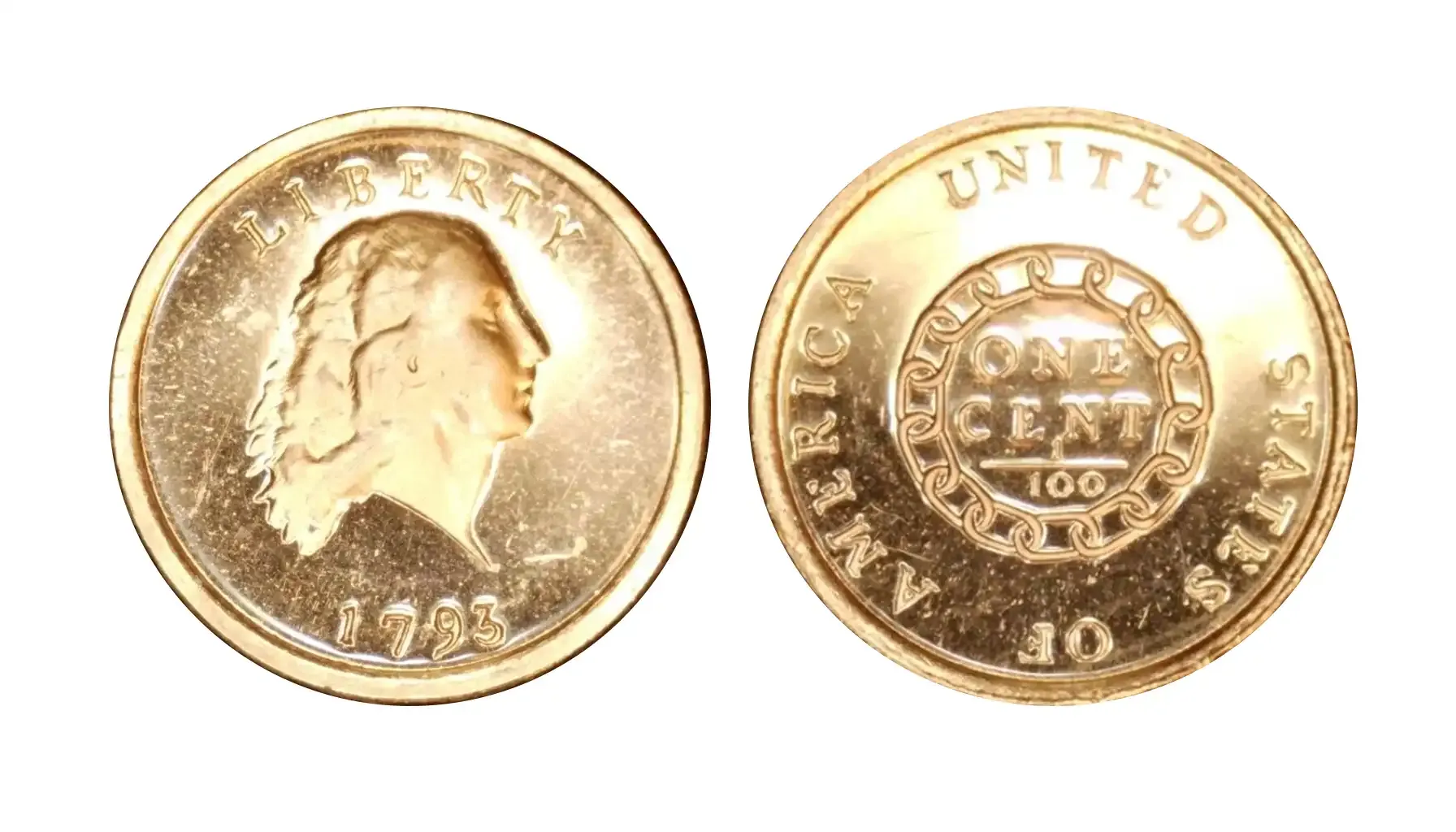Contents:
It seems that there are no mysteries left in the world of coins. However, even here there are exceptions and sometimes collectors stumble upon real values, which appear as a result of skill and the will of chance. The famous 1972 double die penny is just such a coin, which became the object of collectors' passion.
But what is special about the 1972 DDO Lincoln cent and what you need to know for identifying these coins and their values? Now let's understand the nuances of the topic in more detail to answer these questions.

Detailed Coin Overview: A Glance at Nuances
Origins and Background
First of all, it should be said that the year 1972 as 1 cent 1972 were landmark ones: the era of the new American culture, the development of technology, and in parallel - the increased production of coins (cents as the basis of monetary circulation. It was because of the high speed of minting that 1972 double die penny examples began to appear. However, not every error becomes collectible. But the 1972 penny DDO has its own secret twist.
This coin can really claim the nickname of the "King of Errors" (unofficial, of course, but known in numismatic circles) for its rarity and uniqueness. Although the double strike error is not so rare and there are other famous DDO pennies (e.g. 1955 and 1969 examples), the 1972 penny has a special status due to its popularity among collectors.
The whole point is that the 1972 double die Lincoln cent came about by accident during the coin creation process, when the stamp used to imprint the image on the blank was accidentally hit twice at an angle. The result was a misprinted coin with an offset stamp of the design elements.
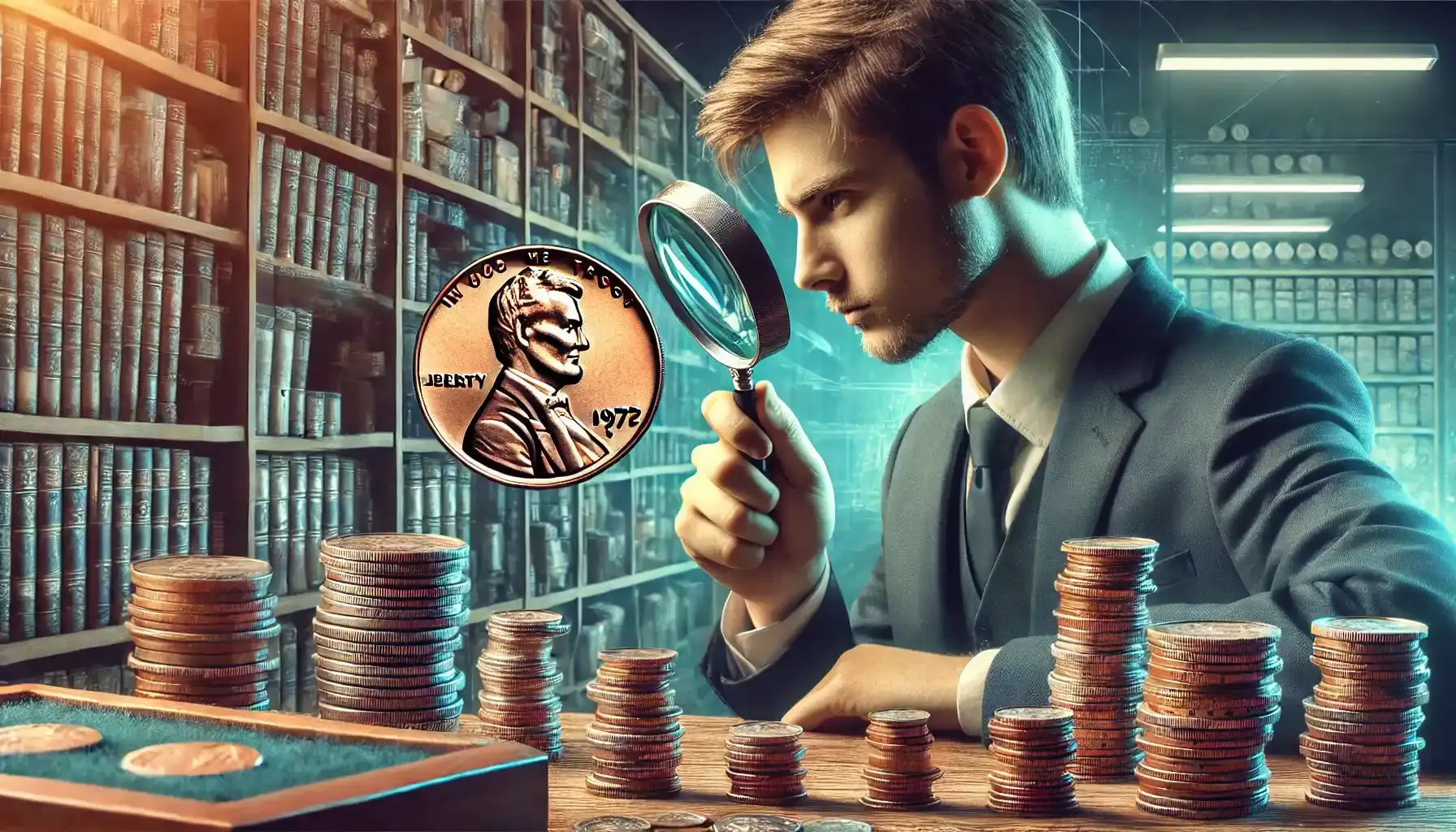
The double die error is particularly clear on the one cent 1972, as the doubling in the inscriptions is clearly discernible even to the naked eye. Its swing to the “royal” title is also fair because the discovery of such an error among the usual change becomes for the collector a real luck, especially given the high market value of the coin.
Minting Figures and Facts
Overall, if one goes into the details and minting figures of the coin, it is clear that the regular 1972 Lincoln penny is far from rare coin status, as the minting figures are impressive and look as follows:
1972 Lincoln cent (from Philadelphia with no mint mark) - 2,933,255,000 coins. It was among these specimens that 1972 doubled die penny examples were found.
1972 D Lincoln Cent (from Denver mint) - 2,665,071,400 coins. These coins are more common and have no collectible value except in excellent condition or other rare defects.
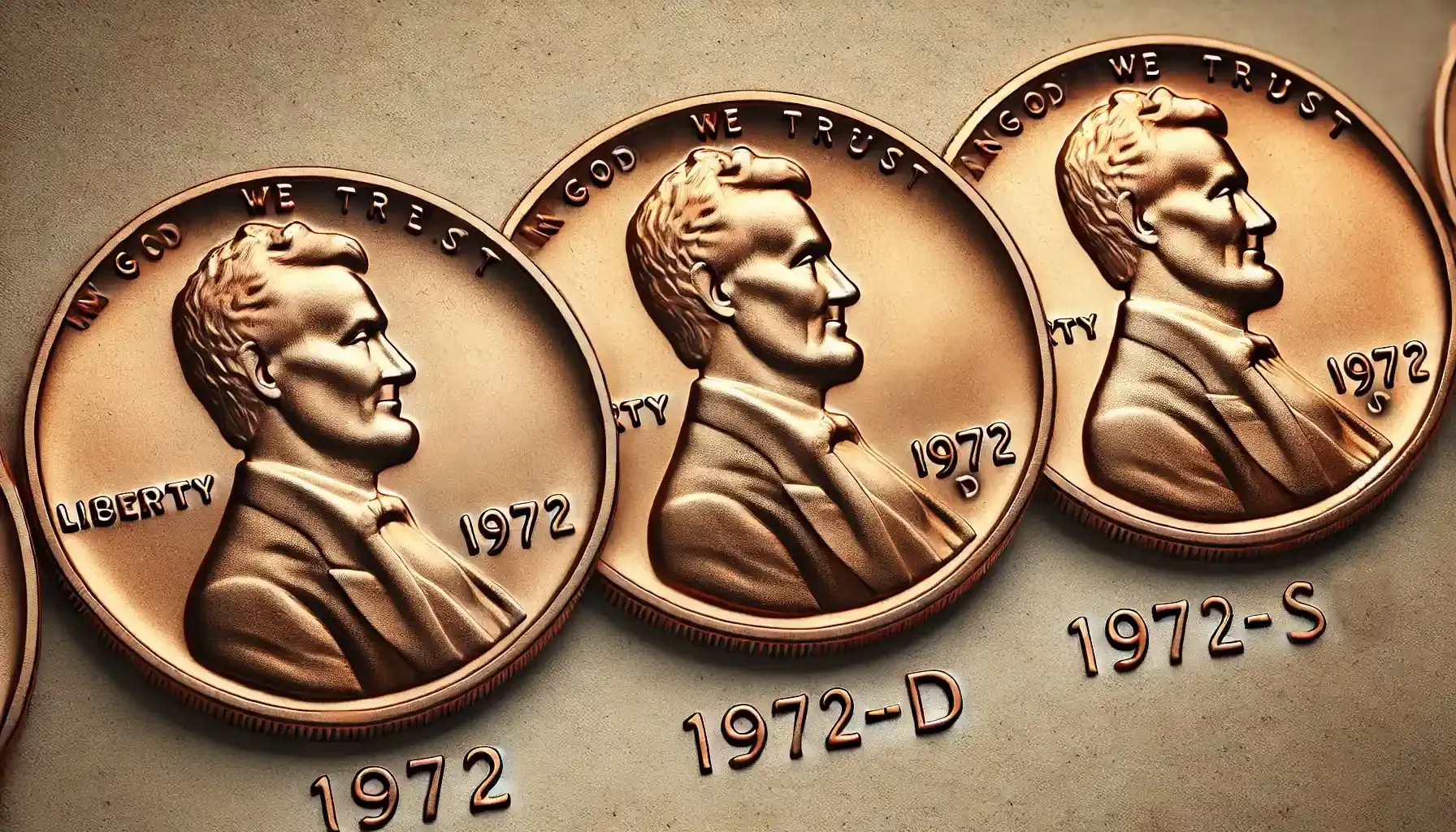
1972 S Lincoln cent (from San Francisco mint) - 376,939,108 coins, including special pieces issued for collector coin sets.
Interesting fact: The 1972 S penny double die and 1972 D penny double die examples are not officially known. Thus, the 1972 misprint penny can be found exclusively among the coins issued by the Philadelphia Mint.
Value and Appeal of the Coin
It should be noted that in the 1970s interest in minting errors was only growing, and the discovery of the 1972 DDO Penny was one of the reasons why minting errors became so valuable. And even today their collection value remains stable due to their rarity, high appeal and historical significance.
Due to mass production and high mintages, some pennies with errors (the exact number of 1972 penny double die is unknown) entered circulation, but relatively few coins in good condition survive to this day. It is not surprising then, that the 1972 penny double die value is high especially in high degrees of preservation.

Data on how much are ordinary examples, as well as 1972 double die penny worth you may find in the table below.
Grade | One Cent 1972 D (ordinary example) | 1972S Penny from Collector Set | 1972 Double Die Obverse Penny |
Good (G-4) | $0.01 - $0.05 | $0.10 - $0.30 | $100 - $200 |
Very Fine (VF-20) | $0.10 - $0.25 | $0.30 - $0.50 | $300 - $500 |
Extremely Fine (EF-40) | $0.30 - $0.50 | $0.50 - $1.00 | $600 - $1,000 |
About Uncirculated (AU-50) | $0.50 - $1.00 | $1.00 - $2.00 | $1,200 - $2,000 |
Mint State (MS-63) | $3.00 - $5.00 | $5.00 - $8.00 | $2,500 - $3,500 |
Mint State (MS-65) | $7.00 - $10.00 | $15 - $20 | $4,000 - $6,000 |
Your Path to Success: How to Find and Recognize Centavo de 1972
Hunt for the 1972 “Gold” Penny
Well, how to obtain the most valuable Lincoln pennies? Finding a rare double-stamped coin is not an easy task, but it is possible. While many 1972 DDO Penny specimens were found, some pieces are still in circulation or stored in forgotten collections. So, what else should you do to find them?
Do not overlook change and rolls of cents that may contain rare coins.
Do not neglect to search flea markets and garage sales. Sometimes rare coins turn up in the most unexpected places. Remember, whoever is looking will always find it.
Well, and the most reliable option is to become a frequent guest on specialized forums and auctions. Online platforms for collectors and auction sites like eBay or Heritage Auctions can help you out in this matter. But don't get overconfident ahead of time, check the seller thoroughly and read reviews.

Worthy Collectible: How to Identify a Rare Coin?
There's probably no need to explain what one of the most basic coins of America's monetary system looks like. But still, let us briefly run through the details and highlight the main characteristics of the coin (in the table below). A regular 1972 penny looks like this:
Parameter | Description |
Diameter | 19 mm |
Weight | 3,11 g |
Composition | 95% copper, 5% zinc (This coin is also sometimes referred to as the 1972 red penny for its distinctive hue due to its copper content) |
Obverse | The obverse shows a bust of Abraham Lincoln facing right. Above the portrait is the inscription “IN GOD WE TRUST”, to the left is the inscription “LIBERTY” and to the right is the year of issue “1972”. |
Reverse | The reverse of the coin depicts the Lincoln Memorial surrounded by the inscription “UNITED STATES OF AMERICA”. The motto “E PLURIBUS UNUM” is located just below. |
To determine the 1972 double die obverse Lincoln cent one first needs to examine the coin closely. A distinctive feature of the DDO version is the double image visible on the inscriptions “IN GOD WE TRUST” and “LIBERTY” as well as on the date “1972”. The second layer of letters seems to repeat the primary imprint, creating a double text effect, an almost symmetrical and clear overlay (as well as an unexpectedly aesthetically pleasing image). The duplicated elements are easily visible under a magnifying glass. Also note the following details:
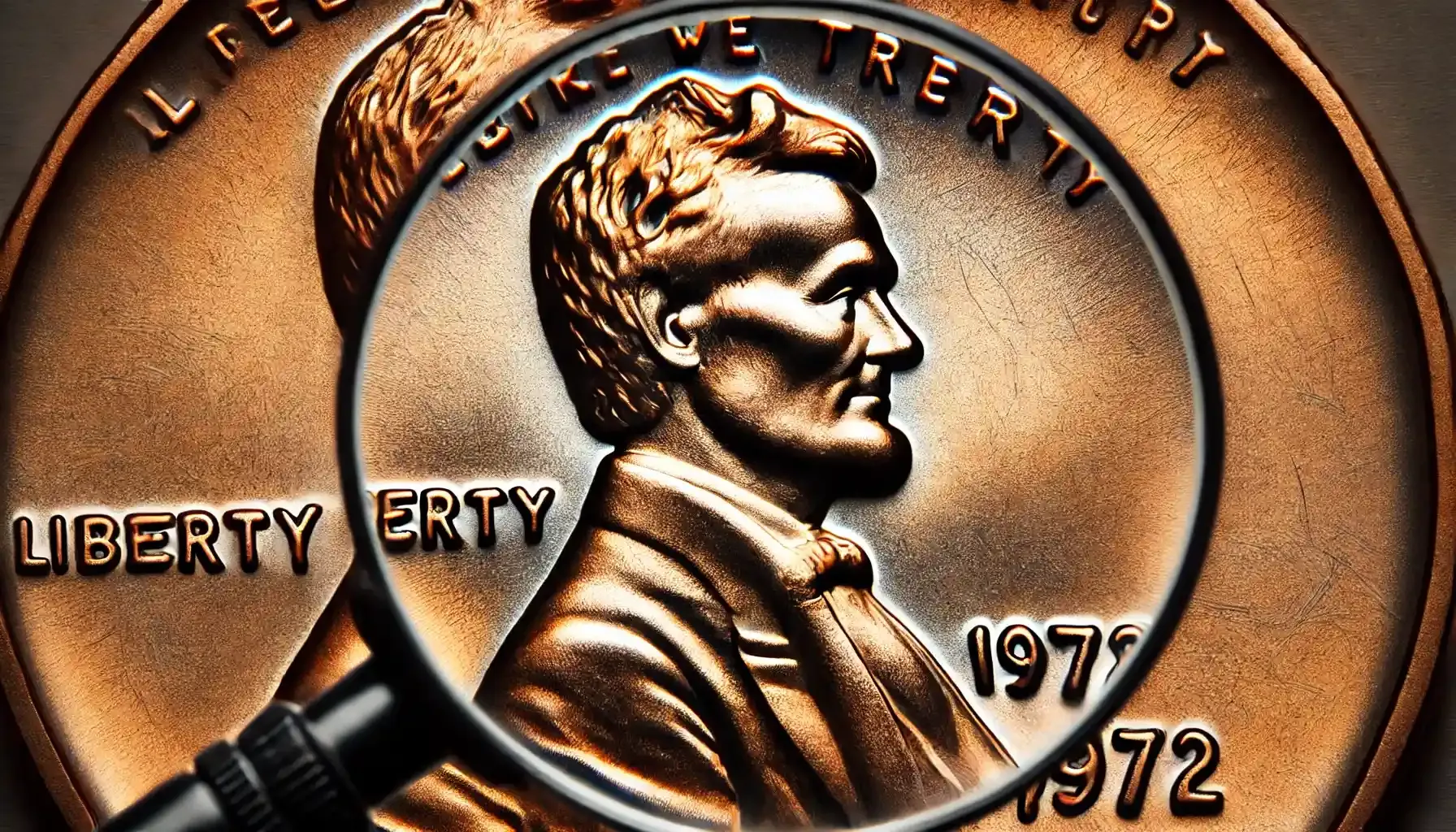
Clarity of the second layer - the inscriptions should be symmetrical, with even lines.
Location of duplicate elements - the double image should cover the entire inscription and date figures, but in general the image looks clear
Copper patina - genuine coins gradually acquire a characteristic patina, while fakes often look too “new”.
In general, understanding a coin's history, design and features is important in the coin valuation process for any collector. The Coin ID Scanner app can be a handy aid in identifying and determining market value. With it, users can scan a coin, confirming rarity and even its market value. Take advantage of the app to manage your collection and get information about coins in a couple of clicks.
Related articles: The best silver coins to buy and collect
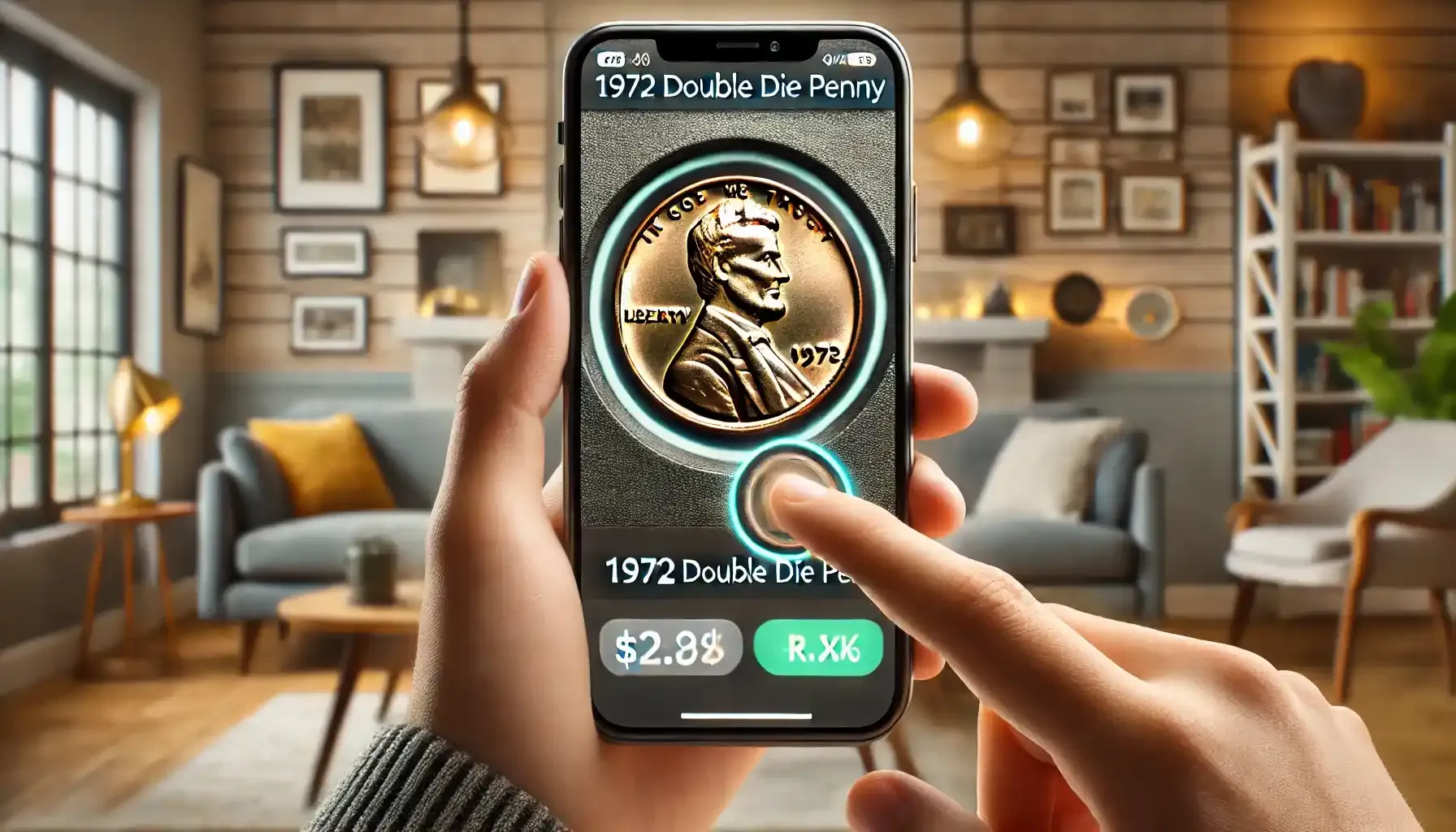
Every Coin Matters
Every mistake is a chance to discover the amazing in the ordinary. The 1972 double-die obverse coin is a prime example that even among ordinary coins you can find interesting variants worth a lot more than their face values. Deepen your numismatic skills and knowledge, give modern technology a chance and be ready to search. And who knows, maybe your next penny is also a unique variant that is worth a fortune.



